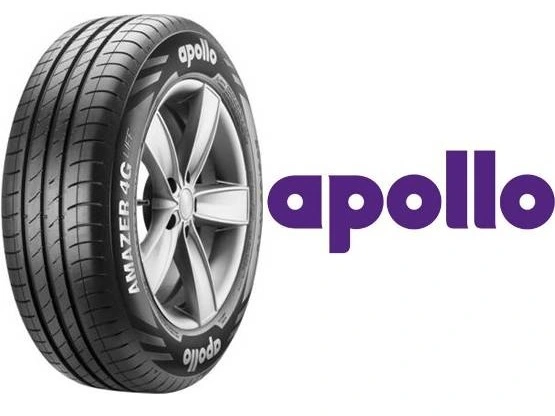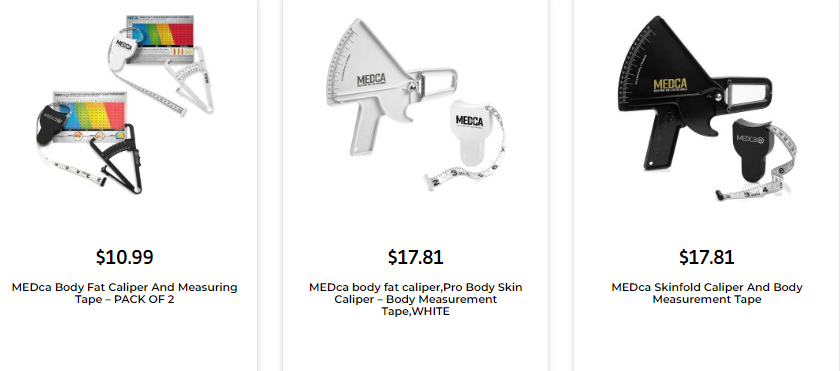Car tyres are among the most critical components of your vehicle, influencing safety, performance, and fuel efficiency. Knowing when to replace your car tyres is essential for maintaining optimal road grip and ensuring your safety while driving. In this comprehensive guide, we will explore various factors that help you determine when it’s time for new tyres and offer valuable tips for making the right tyre replacement decisions. Read on, and for car tyre replacement advice, or to buy vehicle tyre, please refer to the concluding part of the article.
Tread Depth:
Tread depth is one of the most critical indicators for tyre replacement. Tyres have built-in tread wear indicators—small, raised bars of rubber within the grooves. When the tread wears down to the level of these indicators, it’s time for replacement.
Tread Wear Patterns:
Uneven tread wear patterns can indicate issues with your vehicle’s alignment, suspension, or tyre balance. If you notice significant and uneven wear, have your car tyres inspected by a professional.
Feathering, cupping, or scalloping on the tyre’s tread surface are common signs of misalignment or suspension problems. Addressing the root cause and replacing the affected tyres is essential.
Age of tyres:
Tyres have a finite lifespan, even if they have sufficient tread depth. Rubber compounds deteriorate over time, particularly in extreme weather conditions. As a general rule of thumb, consider replacing tyres that are over six years old, regardless of their tread depth.
You can find the tyre’s manufacturing date on its sidewall, represented as a four-digit number. The first two digits indicate the week of manufacture, while the last two represent the year.
Cracks, Bulges, and Punctures:
Inspect your tyres regularly for visible damage. Cracks on the sidewalls, bulges, blisters, or punctures that cannot be safely repaired are clear signs that replacement is necessary.
Driving on a damaged tyre can be extremely hazardous, as it may lead to a blowout or loss of control.
Performance and Handling:
Pay attention to how your vehicle handles. If you notice a significant decrease in grip, longer braking distances, or increased hydroplaning in wet conditions, it’s time to consider replacing your tyres.
Tyres with reduced performance can compromise your safety on the road.
Seasonal Changes:
Depending on the climate in your region, you may require different tyres for different seasons. Winter tyres provide better traction in snow and ice, while summer or all-season tyres are suitable for milder conditions.
It’s essential to switch to the appropriate tyre type as the seasons change to ensure safety and performance.
Regular Maintenance:
Regular tyre maintenance, such as proper inflation and rotation, can extend the lifespan of your tyres. Refer to your vehicle’s manual for recommended tyre pressure and rotation intervals.
Inadequate tyre maintenance can lead to premature wear and the need for replacement.
Consulting a Professional:
If you are unsure about the condition of your tyres or when to replace them, consult a professional mechanic or tyre specialist. They can assess your tyres’ condition and recommend the best course of action.
Choosing the Right Replacement tyres
When it’s time to replace your car tyres, selecting the right ones is crucial for safety and performance. Here are some essential considerations:
Tyre Type:
Choose a tyre type that matches your driving needs and local climate. Options include summer, winter, all-season, and performance tyres.
Tyre Size:
Refer to your vehicle’s manual or the sidewall of your existing tyres to determine the correct tyre size. Using the wrong tyre size can negatively impact handling and safety.
Tread Pattern:
Tread patterns vary based on tyre type and intended use. For everyday driving, a symmetrical or asymmetrical tread pattern is suitable, providing a balance of traction and comfort.
Consider tyres with deep grooves and sipes for enhanced wet-weather performance and reduced hydroplaning.
Tyre Brand and Quality:
Stick to reputable tyre brands known for quality and safety. Research and read reviews to identify reliable tyre options within your budget.
High-quality tyres may have a higher upfront cost but can provide better performance, longevity, and safety in the long run.
Load and Speed Ratings:
Ensure that the replacement tyres have load and speed ratings that meet or exceed your vehicle’s requirements. This information can be found on the tyre’s sidewall.
Tyre Inflation and Maintenance:
Maintain proper tyre inflation levels according to the manufacturer’s recommendations. Regularly check and adjust tyre pressure to ensure even wear and optimal performance.
Conclusion – About car tyre replacement advice
Understanding when to replace your car tyres and choosing the right replacements is essential for vehicle safety, performance, and longevity. Regular inspections, maintenance, and adherence to safety guidelines will help you make informed decisions about tyre replacement. Prioritize safety on the road by ensuring that your tyres are in excellent condition and appropriate for your driving needs and local climate. To know about car tyre replacement advice or to buy the best types of vehicle tyre, please visit the website.
two wheeler tyre
Two-wheeler tyres, also known as motorcycle tyres or scooter tyres, are a critical component of any motorbike or scooter. These specialized tyres play a pivotal role in ensuring safety, performance, and handling characteristics on the road.
Tread Patterns: Two-wheeler tyres come in various tread patterns designed for different riding conditions. Street tyres have smoother treads for optimal grip on paved roads, while off-road or knobby tyres have deep, aggressive treads for traction on rough terrain.
Size and Profile: The size and profile of two-wheeler tyres vary widely, depending on the type of bike and its intended use. Sports bikes typically have larger, sportier tyres, while cruisers may have wider and more rounded tyres for stability.
Construction: Two-wheeler tyres are constructed with layers of fabric and steel belts for strength and stability. The type of construction affects the tyre’s performance characteristics.
Tube vs. Tubeless: Some two-wheeler tyres are designed for use with inner tubes, while others are tubeless, which can reduce the risk of sudden deflation and make maintenance easier.
Speed and Load Ratings: Tyres are rated for maximum speed and load-carrying capacity, ensuring they can handle the demands of different motorcycles.
Choosing the right two-wheeler tyre is essential for optimal performance, safety, and durability. Riders should consider factors like the type of riding they do, road conditions, climate, and their motorcycle’s specifications when selecting tyres. Regular maintenance, including checking tyre pressure and tread wear, is crucial to ensure safe and enjoyable rides on two-wheelers.
Choosing the right two-wheeler tyre is essential for optimal performance, safety, and durability. Riders should consider factors like the type of riding they do, road conditions, climate, and their motorcycle’s specifications when selecting tyres. Regular maintenance, including checking tyre pressure and tread wear, is crucial to ensure safe and enjoyable rides on two-wheelers.
Bike tyres
Bike tyres, also known as motorcycle tyres, are specialized rubber components designed to provide crucial traction, stability, and control for motorcycles and other two-wheeled vehicles. These tyres come in various types, including street tyres for smooth road surfaces and off-road tyres with rugged treads for challenging terrains. They play a critical role in rider safety and bike performance, influencing factors like handling, grip, and braking. Proper maintenance, including regular tyre pressure checks and tread inspections, is essential for motorcycle safety and ensuring an enjoyable riding experience. Whether you’re a sportbike enthusiast, cruiser rider, or off-road adventurer, selecting the right bike tyres tailored to your specific riding needs and conditions is essential for safe and satisfying journeys on two wheels.





